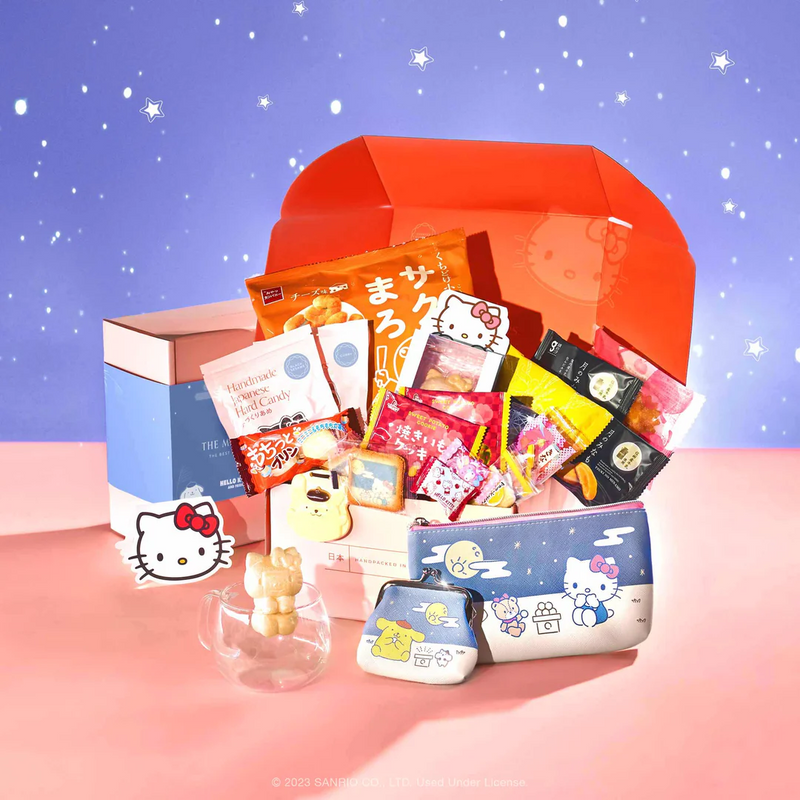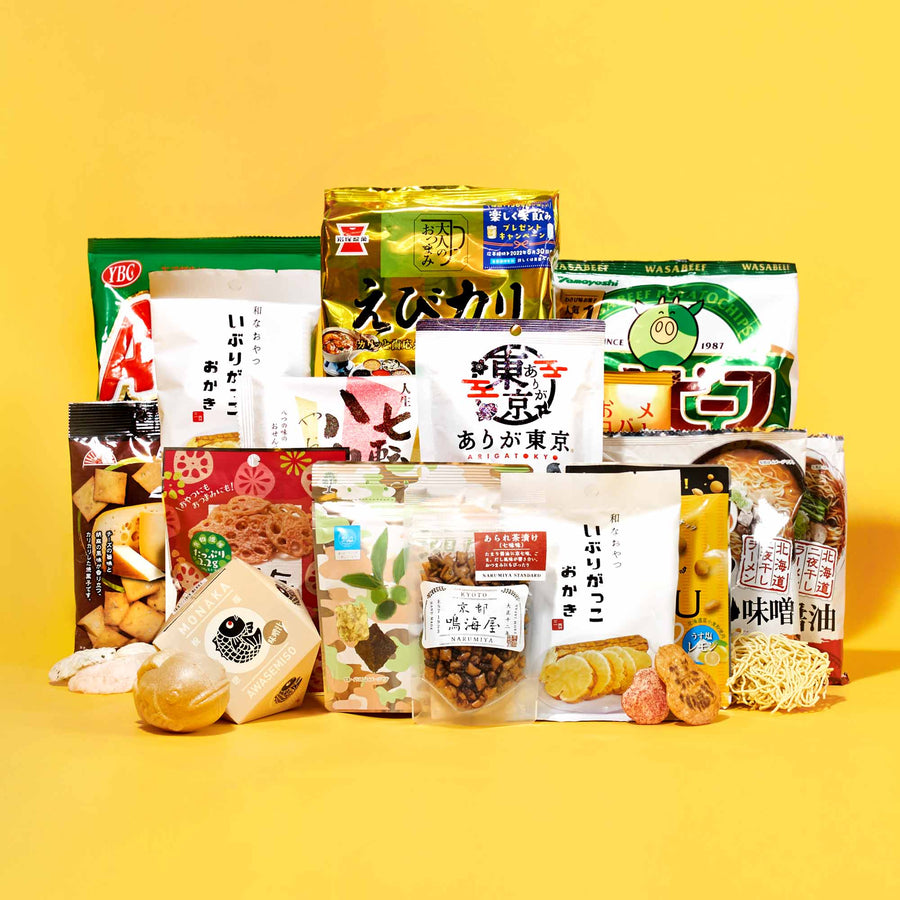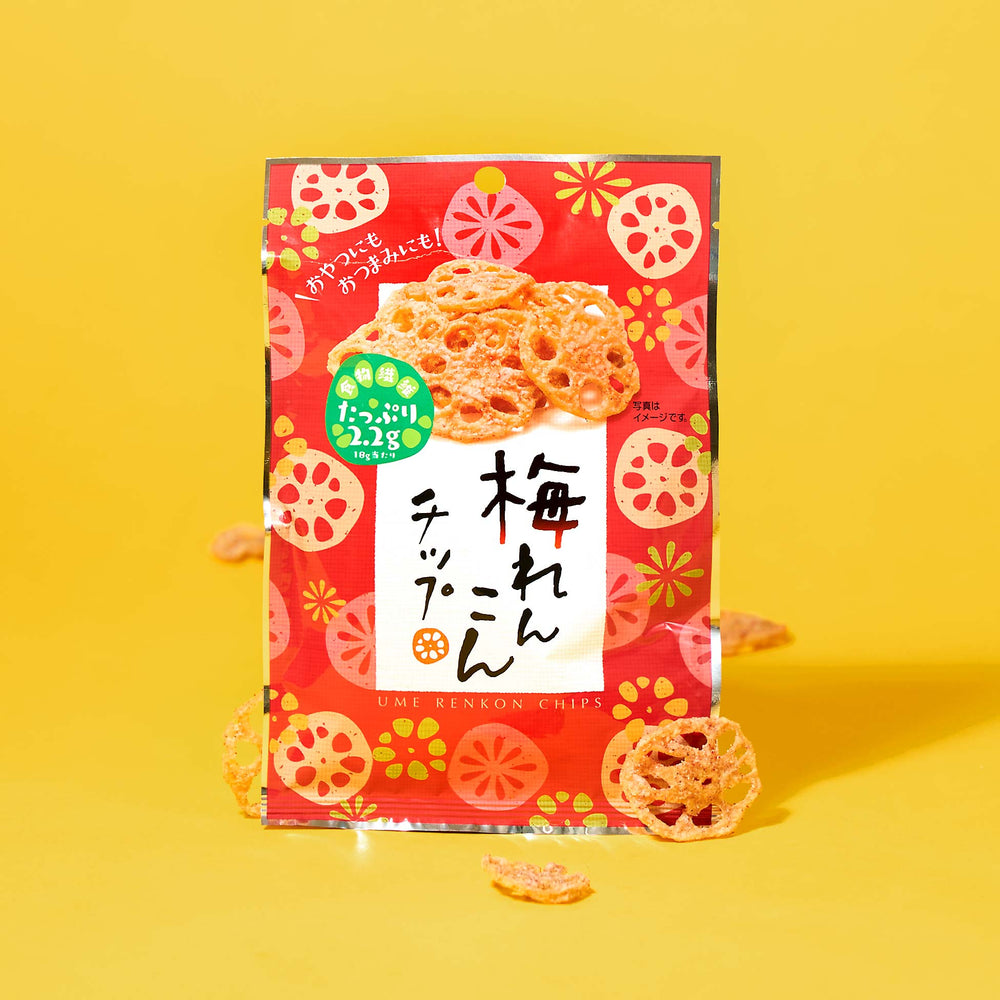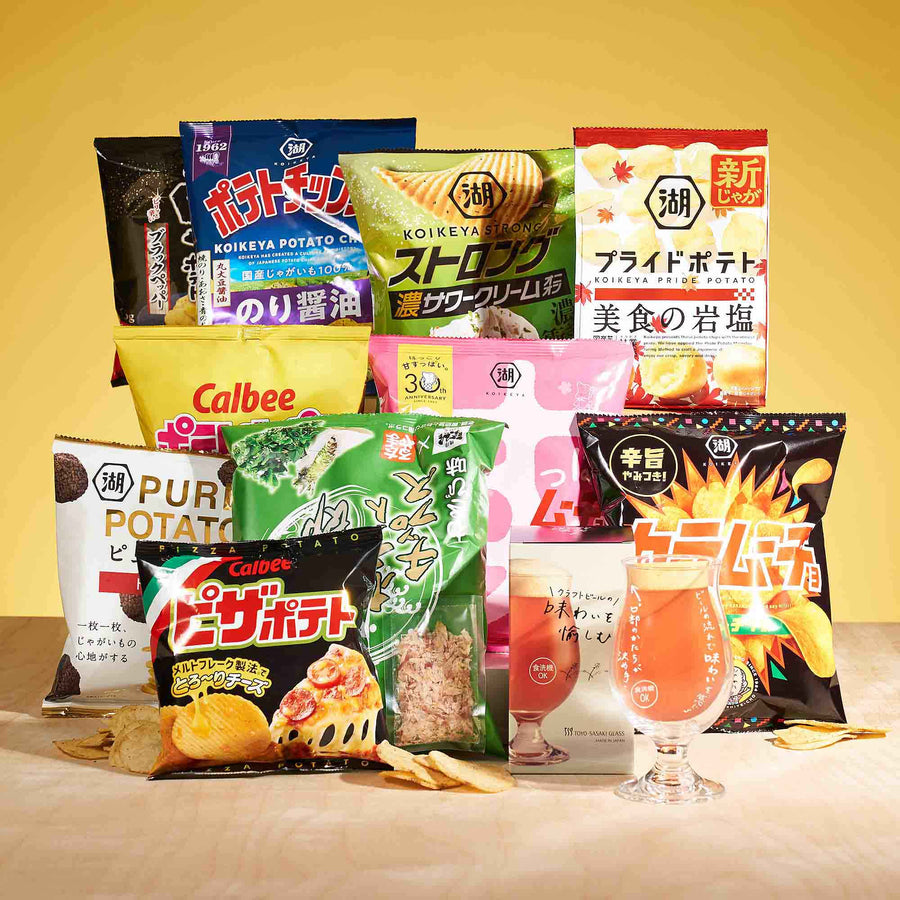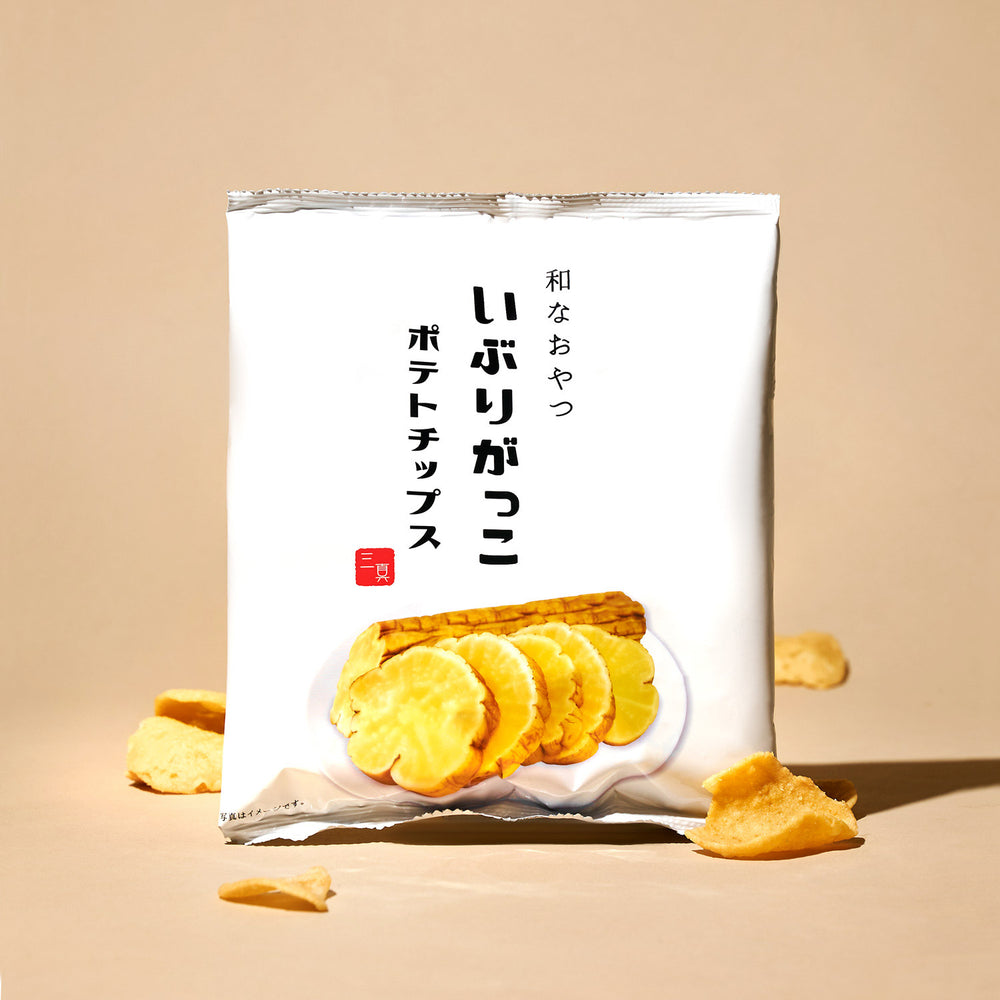The Art of Kanpai: Navigating Japan's Rich Drinking Culture
Introduction to Japanese Drinking Culture: A Toast to Tradition

Japan's alcohol landscape is a blend of tradition and innovation, reflecting the country's deep appreciation for craftsmanship, social connections, and culinary experiences. From time-honored practices steeped in history to modern-day social rituals, Japan's rich tapestry of drinking traditions invites an enchanting exploration of flavors, styles, and experiences. Join us as we delve into the colorful realm of Japan's drinking culture, where a myriad of alcoholic delights awaits discovery.
History of Alcohol in Japan: From Ancient Brews to Modern Libations

The history of alcohol production and consumption in Japan is a fascinating tale that spans thousands of years, shaped by brewing traditions, cultural exchanges, and the influence of imported drinks. The story begins with sake, or rice wine. Sake brewing techniques are thought to have originated from China and were honed during the Nara Period (710-794 CE), acquiring a revered status in Shinto rituals and ceremonies for religious observances. Through centuries of refinement in brewing methods, sake transitioned from a sacred drink to a cultural cornerstone, eventually becoming Japan's national beverage enjoyed during meals and social occasions.
Alongside sake, Japan boasts a rich tradition of distilled spirits, notably awamori and shochu. The introduction of distillation techniques occurred in the 15th century during the Ryukyu Kingdom's (modern-day Okinawa) reign, when it served as a pivotal trade hub in Asia. Trade with Thailand introduced Japan to the distillation process, resulting in the creation of awamori, a distilled spirit crafted from Thai indica rice. As demand for awamori grew beyond supply, shochu emerged in Kyushu and Southern Japan, combining sake brewing techniques with distillation methods to meet the rising demand.
The arrival of Europeans in the 16th century brought new types of alcoholic beverages to Japan, including beer, wine, brandy, and more. Beer, one of the most popular drinks in Japan was first introduced in the Edo Period (1603-1867) by Dutch merchants but it wasn't until the late 1900s that Japan tried its own hand at beer. Beer production, inspired by Western brewing methods, gained popularity, with breweries such as Sapporo and Kirin becoming household names.
Traditional Japanese Alcoholic Beverages: Exploring Sake, Shochu, and More

The world of traditional Japanese alcoholic beverages is a treasure trove of flavors, craftsmanship, and cultural heritage.
-
Sake or Nihonshu (Rice Wine)
In Japanese, "sake" actually translates to "alcohol", making it a general term for any alcoholic drink. On the other hand, "nihonshu" specifically refers to rice wine. The main ingredients of nihonshu are rice, water, yeast, and a unique type of mold called black koji used in fermentation. Its flavor is mild and subtly sweet, and it can be served with ice, warm or at room temperature. -
Awamori (Okinawan Spirit)
Originating from the subtropical islands of Okinawa, the distillation process of this drink has remained unchanged for over 500 years. This traditional distilled liquor is made from Thai indica rice and fermented with black koji mold. Then it is aged in clay pots called "kame", which contribute to its smooth and mellow character. -
Shochu (Distilled Liquor)
Unlike sake, which is brewed, shochu is made through a distillation process, typically using ingredients like barley, sweet potatoes, rice, sugar cane, or buckwheat. This diversity in base ingredients gives shochu a broad spectrum of flavors, from earthy and nutty to floral and fruity. It has a lower alcohol content compared to other spirits and can be enjoyed straight, on the rocks, or mixed in cocktails. -
Umeshu (Plum Wine)
Umeshu, or plum wine, is a delightful beverage with a sweet and tangy flavor made by steeping Japanese ume plums in alcohol and sugar. Because of its unique balance of sweetness and tanginess, it is often consumed as a dessert wine or a refreshing drink.
Modern Japanese Drinking Trends: From Craft Beer to Canned Cocktails

In recent years, the landscape of Japanese beverages has witnessed a fascinating transformation, marked by the emergence of new trends that reflect a blend of tradition and modernity, adding more options for alcohol consumption.
Japan, a nation with a strong affinity for beer, has witnessed a significant trend in its drinking culture—the emergence of craft beer which often contains higher alcohol content than regular beer. Craft breweries have flourished across the country, presenting an extensive variety of styles and flavors to connoisseurs. These breweries prioritize quality ingredients, small-batch production, and innovative brewing techniques, resulting in beers that stand on par with its global counterparts.
Canned cocktails has also been gaining popularity because of their unparalleled convenience. These ready-to-drink beverages eliminate the need for complex mixing or bartending skills, allowing anyone to enjoy a well-crafted cocktail with a simple pop of a can. This convenience factor resonates with modern lifestyles, where time is precious, and convenience is king.
In the midst of modernization and changing consumer tastes, traditional sake breweries in Japan are experiencing a remarkable resurgence. One of the key drivers behind this resurgence is a renewed appreciation for heritage and craftsmanship. Many breweries, especially family-owned ones, are preserving age-old brewing techniques, recipes, and philosophies passed down through centuries while embracing innovation and collaboration to stay relevant in a dynamic market. This results in limited-edition sakes, innovative packaging, and unique tasking experiences that appeal to modern consumers.
Japanese Cocktail Culture: Mixology with a Twist

At the heat of Japanese cocktail culture lies a reverence for traditional liquors like sake and shochu, which are known for their versatility. These liquors serve as the foundation for many Japanese cocktails, seamlessly blending with other elements to craft balanced and nuanced flavors. Japanese bartenders constantly continue to push the boundaries of mixology, experimenting with new ingredients, techniques, and presentations, while upholding a commitment to craftsmanship and precision. Techniques like ice carving and intricate garnishing, coupled with the use of fresh and seasonal ingredients, elevate both the flavors and the overall cocktail experience.
For top-tier Japanese cocktails, visit Tokyo's cocktail bars styled after American speakeasies. Noteworthy cocktails include the Matcha Hai (Ryokucha Hai), a blend of shochu and matcha (green tea), and the Lemon Sour, a shochu drink mixed with fresh lemon juice, and soda water.
Canned Alcohol in Japan: Convenience Meets Innovation

In Japan's bustling cities, where vending machines dot every corner, canned alcoholic beverages have become a favored option for those seeking a quick yet delightful drinking experience. Chu-hi and canned cocktails represent the fusion of convenience and innovation in alcoholic beverages.
Chu-hi, short for shochu highball, blends shochu with soda water and an array of fruit flavors like lemon, lime, grapefruit, and peach, enhancing its refreshing taste. They also come in seasonal flavors like lychee and watermelon. It has lower alcohol content making it a popular drink for those who want to enjoy a light alcohol buzz.
On the flip side, canned cocktails are designed to capture the essence of traditional mixed drinks, offering convenient versions of classics like mojitos, margaritas, and gin and tonics. With a simple pop, consumers can enjoy expertly mixed cocktails anywhere.
Drinking Etiquette in Japan: Customs and Courtesies

Japanese people are known to be polite in the world and this extends to their drinking culture. Drinking etiquette in Japan is not just about rules; it's a reflection of cultural values such as respect, hospitality, and social harmony. Here are some customs and courtesies you should be aware of when drinking alcohol in Japan.
One keypoint to remember is never to pour your own drink. When someone offers to pour for you, graciously accept by slightly raising your glass with both hands as a gesture of thanks. Return the kindness by pouring them a drink in return. Additionally, it's polite to wait until everyone's drinks have been served before you start drinking.
In social gatherings with senior colleagues, the senpai, who are typically more experienced or senior, often lead by pouring drinks and initiating toasts. It's respectful to wait for them to offer a toast before raising your glass. Before taking the first sip, lift your glass slightly and say "Kampai," a traditional Japanese toast, to cheer and convey good wishes.
Izakaya Culture: Japanese Pub Grub and Socializing

Walking into an izakaya or traditional Japanese pub is like stepping into a lively social oasis, where the ambiance is warm, the music is inviting, and the atmosphere is buzzing with energy. Seating arrangements in izakayas often include cozy booths, communal tables, and counter seating facing the open kitchen or bar, encouraging social interactions among guests. Central to the izakaya experience is the array of izkaya-style dishes or small plates of food like yakitori (grilled skewered chicken) and edamame (steamed soybeans), that accompany the drinks.
Nomikai: The Art of Work-Related Drinking Parties

Nomikai, meaning "drinking party" in Japanese, holds significant importance in Japan's business culture. It serves as a platform for colleagues to bond and foster relationships over drinks and shared experiences, extending beyond their professional roles. These gatherings create a relaxed and informal environment where individuals can connect on a personal level. They also offer valuable networking opportunities, enabling participants to expand their social circles, interact with colleagues from different departments and build professional relationships beyond the office setting.
Regional Drinking Traditions: From Sake Festivals to Shochu Distilleries

You can further elevate your drinking experience and immerse yourself in Japanese culture by attending various festivals and activities that showcase the best of Japanese alcoholic beverages throughout Japan. One such example is sake matsuri (festivals), where Japan's beloved rice wine takes center stage in numerous festivals held across the country each year. Prefectures like Niigata, renowned as the rice capital of Japan, and Hiroshima, recognized as one of Japan's top brewing regions, host sake festivals where attendees can sample over 500 varieties of rice wine from participating brewers within the prefecture and nationwide. Visitors can also enjoy cultural performances and gain insights into the brewing process from experts.
If you're interested in distilled liquors like shochu and awamori, you can delve into the craftmanship, traditions, and regional nuances of these spirits by embarking on distillery tours. These tours offer an insider's view of the intricate process involved in production, allowing visitors to witness each stage from raw materials to the final product. Notable distilleries such as Kirishima Distillery and Yanagita Distillery, winner of the top prize for barley-based shochu at the 2023 Kura Master Competition, cater to shochu enthusiasts. Alternatively, Kamimura Shuzo in Okinawa provides a sensory journey into awamori's history, production, and flavors.
Unique Japanese Drinking Experiences: From Maid Cafes to Whisky Bars

Japan's lively drinking scene goes beyond traditional pubs and breweries, providing a plethora of unique and immersive experiences that ignite the spirit of adventure. Themed bars in Japan combine creativity, entertainment, and mixology, transporting guests to whimsical worlds where fantasy and cocktails collide. For instance, maid cafes are a hit in Japan, featuring elaborate costumes, playful interactions, and specialty drinks with a touch of charm and hospitality. One cafe in Akihabara, Tokyo, even offers a 30-minute-all-you-can-drink experience!
For those seeking a refined experience, whisky tastings provide enthusiasts with a chance to delve into the nuances of Japanese whisky, spanning from single malts to blended varieties, within carefully curated settings. Whisky bars and distilleries like the Yamazaki Distillery in Kyoto or the Nikka Whisky Yoichi Distillery in Hokkaido offer immersive explorations into the art of whisky-making. These experiences often include guided tastings, expert insights, and the chance to sample limited-edition releases.
Tucked away in bustling city neighborhoods like Tokyo's Golden Gai and Osaka's Dotonbori, izakaya alleys unveil a maze of hidden sake bars and izakayas waiting to be explored. These underground treasures offer a peek into Japan's authentic drinking culture, spotlighting artisanal rice wine, seasonal delicacies, and lively atmospheres. Each bar presents a distinct array of sake options, ranging from crispy and dry to fruity and aromatic varieties.
Best Japanese Alcoholic Drinks: Savoring the Finest Libations

Japan's top-notch alcoholic beverages, from award-winning sake and premium shochu to craft beer and artisanal spirits, showcase the nation's commitment to excellence and innovation. Japanese rice wine boats an array of award-winning varieties known for their purity, complexity, and exquisite flavors. Brands such as Dassai 23 and Kubota Manju have received prestigious honors from both local and international sake competitions, epitomizing the skill and precision of Japanese sake breweries. Similarly, distilled spirits like shochu, offers a wide range of premium expressions crafted from fresh ingredients, including sweet potato shochu, barley shochu, and more.
Japan's craft beer industry has surged in recent years, offering beer enthusiasts more than just standard options. Microbreweries have emerged, crafting exceptional brews that highlight innovation, quality ingredients, and inventive brewing methods. Whether it's hoppy IPAs, rich stouts, or refreshing lagers, a diverse array of flavors caters to every taste preference.
Popular Japanese Liquor Brands: Recognizing Icons of the Industry

New to exploring traditional Japanese liquor or Japanese whisky and not sure which brand to choose at liquor stores? Don't worry, we've got you covered! While we're familiar with the big names like Kirin, Sapporo, Suntory, and Asahi, there are also other popular brands that have earned recognition for their outstanding quality and meticulous craftmanship.
When it comes to traditional liquor like sake, Dassai by Asahi Shuzo stands out as one of most esteemed brands and is renowned for its smooth and refined flavor profile. Another iconic brand, Kokuryu, is celebrated for its intricate flavors and remarkable balance. As for shochu, brands like Iichiko and Satsuma Shiranami are well-loved for their smooth texture and balanced sweetness.
Shifting to Japanese whisky, brands like Yamazaki by Suntory are known for their rich and nuanced flavors, while Nikka Whisky is praised for its unique character and quality, stand out as some of the most acclaimed in the industry.
Conclusion: Raising a Glass to Japan's Vibrant Drinking Culture

Japan's alcohol scene is a vibrant mosaic of diversity and flavors, continually adapting to new tastes and preferences while honoring its rich heritage. From traditional Japanese libations like nihonshu and shochu to modern creations like craft beer and cocktails, each drink mirrors a rich historical legacy and unique traditions, resonating with both locals and tourists. As we raise our glasses to toast the dynamic landscape of Japanese drinking culture, let us do so with responsibility and mindfulness. Whether savoring premium shochu or enjoying a canned beer from a vending machine, let's embrace this cultural heritage responsibly, ensuring that every sip is enjoyed in moderation and with respect for the craftsmanship and traditions that make Japan's drinking culture truly exceptional.
Pair your drink with a gift set from Bokksu Boutique. Our collection includes The Japanese Savory Snack Box, The Happy Hour Gift Box and Night in Gift Box, all thoughtfully curated to bring the best of Japanese snacks and treats right to your doorstep.
Author Bio







 Bokksu Snack Box
Bokksu Snack Box



